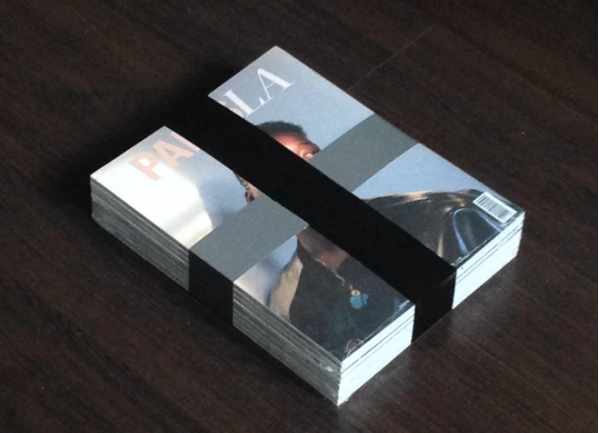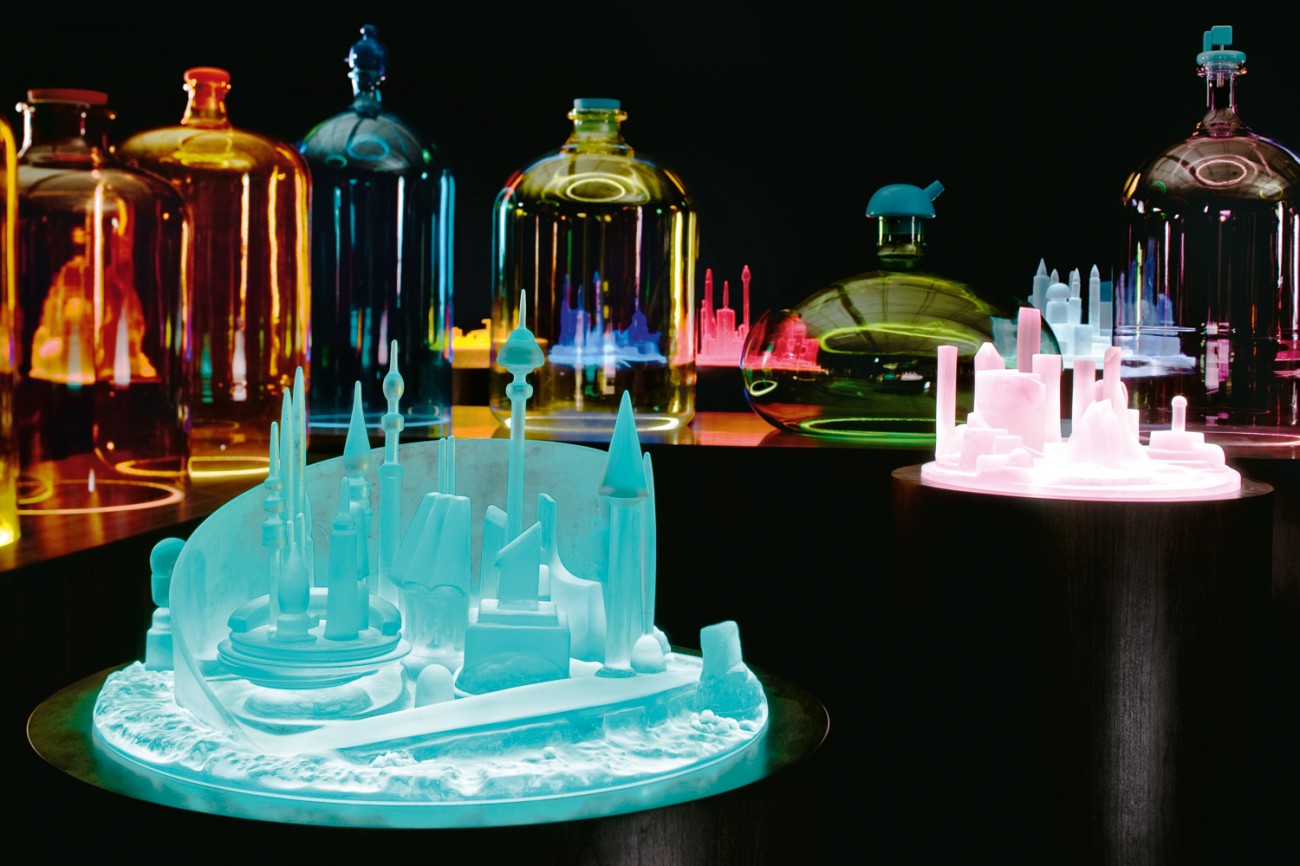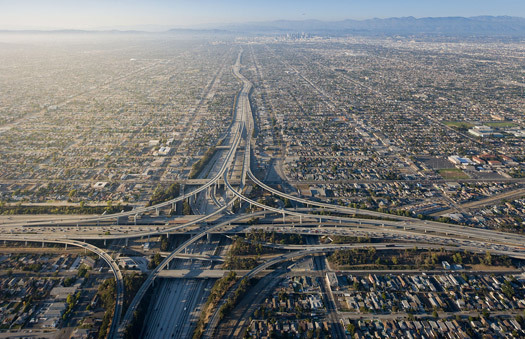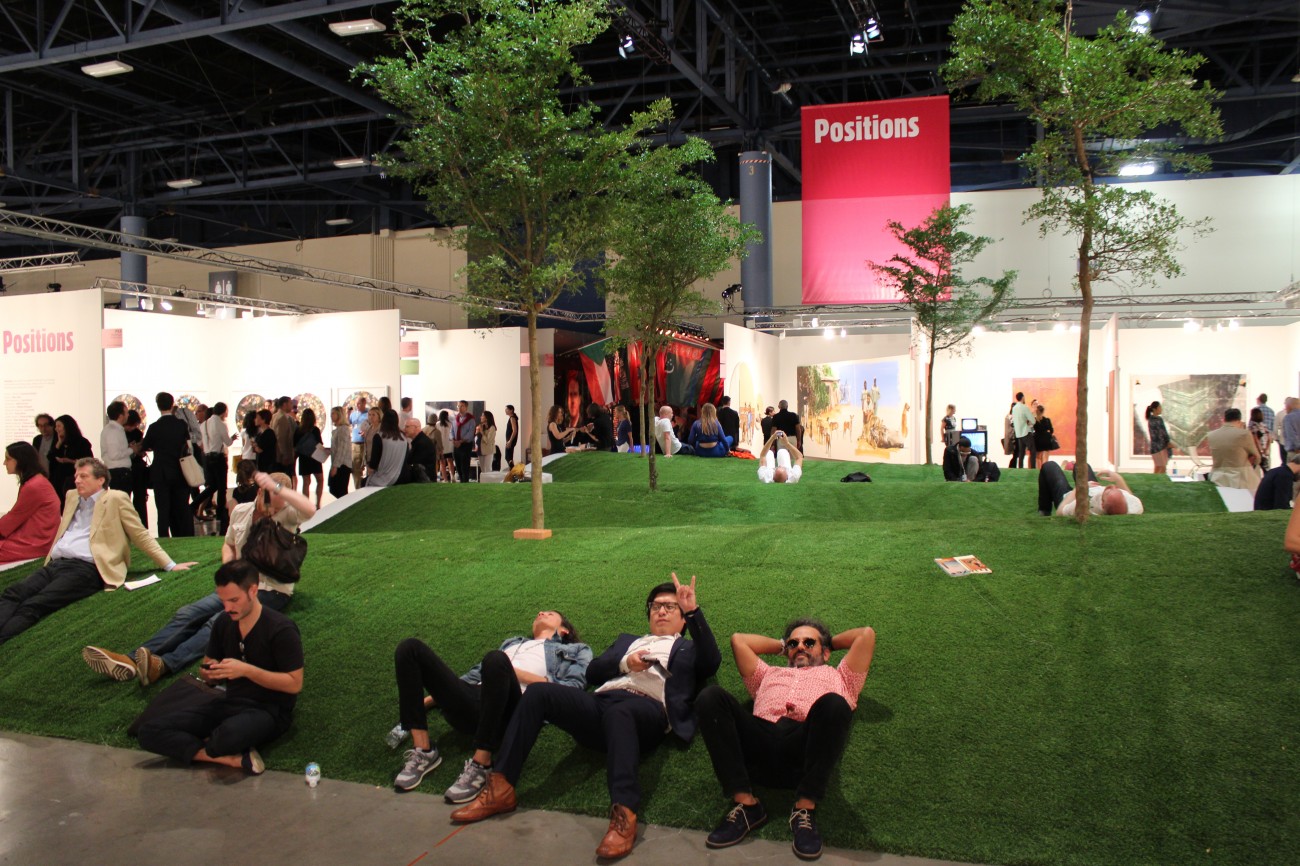2014 was an exciting year for Los Angeles, when the world finally acknowledged the city’s ascendancy as America’s culture capitol. It was a banner year for gentrification, with rising real estate prices forcing residents out of neighborhoods now deemed “hip”, like Highland Park and the L.A. River’s string of warehouses, renamed the “Arts District”–making Los Angeles the least affordable rental market in the country. And in the midst of all this, L.A.’s repertoire of museums, top galleries, nonprofit art institutions, and artist networks continued to grow at a stunning rate.
Here are ten of my favorite events (and places) of the year:
1. Mike Kelley at MOCA

The New York Times called it a “game-changer” for Los Angeles and the international contemporary art world. For countless L.A. artists, though, the work of multimedia master Mike Kelley had been an inspiration for decades, since Kelley’s days as a CalArts wunderkind and later years teaching at Art Center College of Art and Design. Ending its tour at MOCA’s Geffen Contemporary from MoMA PS1 and the Stedelijk Museum Amsterdam, the show featured over 250 works over all of the Geffen’s 55,000 square feet of exhibition space with videos, room-sized installations, drawings, intimate sculptures, and a large gallery featuring all of Kelley’s transfixing Kandor sculptures. Kelley addressed broken dreams and childhood trauma in every imaginable medium, to truly moving effect.
2. Paramount Ranch Art Fair

Only in L.A. would an international art fair occupy the clapboard storefronts of an abandoned Western saloon town movie set. In late January, several dozen galleries from New York, Los Angeles, Berlin, London, and other cities around the world set up shop on the dusty wood floors of Paramount Ranch in Agoura Hills, used by Paramount Studios in the 1930s and ’40s to film Westerns. The atmosphere was palpably relaxed: patrons roamed with beers in hand, participating in a collaborative painting project hosted by Ooga Booga and watching projection-mapped performances by artist duo Animal Charm.
3. The Ace Hotel

Although arguably not an event, the Ace Hotel opened in the historic United Artists building on Broadway in downtown Los Angeles in late January, and from the very start became of hub of music and art. The hotel’s Spanish gothic theater has hosted talks with art world luminaries like John Baldessari and Hans Ulrich Obrist, film previews of movies like Inherent Vice, and concerts by big-ticket bands like Coldplay. Patti Smith is slated to perform there next month. Many have credited the Ace for revitalizing South Broadway, which since early January has become home to atelier Acne Studios, Aesop, Tanner Goods, and OAK, among others.
4. Paris Photo

Yet another “only in L.A.” fair, 2014’s Los Angeles edition of Paris Photo, the international fine art photography fair from Paris, was held in the historic New York City backlot of Paramount Studios. Fake brownstones in facsimiles of NYC’s Upper East and West Sides, Greenwich Village, and even Downtown neighborhoods held photographic work from galleries on four continents. Meandering through the streets of the elaborate urban set, one couldn’t help but think of Jean Beaudrillard’s simulacrum. Most ingeniously, Paris Photo’s location embodied the illusion and artifice inherent in the photographic image.
5. Exposed: Songs for Unseen Warhol Films at UCLA CAP

It was difficult to choose a favorite event from the packed fall calendar of UCLA’s Center for the Art of Performance, formerly UCLA Live. The same month that featured a performance of Japanese sound artist Ryoji Ikeda’s Superposition also brought together four incredible musicians to live-score never-before-seen short films by Andy Warhol. Soundless and often shot in a fixed position, the films were brilliantly accompanied by Martin Rev of Suicide, Tom Verlaine of Television, Bradford Cox of Deerhunter, and Eleanor Friedberger of The Fiery Furnaces.
6. Made in L.A.

Just south of UCLA’s campus, the Hammer Museum hosted its second installment of the ambitious Los Angeles biennial, Made in L.A. The show featured 35 Los Angeles-based artists with “an emphasis on emerging and under-recognized artists” (though as Artforum pointed out, it wasn’t clear who wasn’t recognizing whom). The exhibition occupied every gallery space at the Hammer–unprecedented in the museum’s 20 year history–and was the first major biennial exhibition to feature a majority of women artists. From curator Connie Butler’s collaboration with the ONE Archives to the phenomenal programming–superb films, live courtyard performances, debauched dance parties (co-hosted by KCRW), KCHUNG Radio’s TV studio in the museum lobby, and Piero Golia’s live-sculpting project of George Washington’s nose from Mt. Rushmore–Made in L.A. was not to be missed.
7. CicLAvia

Los Angeles’ wildly popular CicLAvia biking-advocacy group shut down city streets between Echo Park and Boyle Heights this fall, opening scenic routes through downtown Los Angeles to cyclists from all over the county. Legitimizing years of DIY “protest rides” by biker crews like Crank Mob and Critical Mass, CicLAvia lobbied the city to close major streets to automobile traffic for just a few days a year. The event turned out hundreds of street vendors and nonprofit organizations. Most impressively, the city’s financial burden was shouldered entirely by the increase in Metro ridership, from bikers traveling to the starting line by train.
8. FYF Fest

Turning 10 this year, FYF has grown fast…very fast. Started by then-18-year-old L.A. native Sean Carlson in 2004, the festival ditched its R-rated name (Fuck Yeah Fest) several years later, when it moved from the Echoplex to the Los Angeles State Historic Park to accommodate headliners like the Yeah Yeah Yeahs, The Rapture, James Blake, and Devendra Banhart. Since its inception, FYF has been committed to showcasing the best new talent in independent music, and 2014 was no different. Although the two-day fête’s new digs at Exposition Park were a bit chaotic, stellar performances by Chet Faker, Darkside, Flying Lotus, Grimes, Mac Demarco, Jamie xx, and many others–as well as independent vinyl record vendors and nonprofit booths–kept the spirit alive and well.
9. A Club Called Rhonda

This year the formerly “underground” bimonthly dance party A Club Called Rhonda bubbled up and spilled over the edges of LA’s nightlife scene like a boiling tidal wave. For the club night’s circle of self-styled “pansexual partiers, “[Rhonda] is the uncompromising queen: pushing thirsty throngs into the the loud and living throne of Dionysus through this thing we call body music.” In 2014, ACCR’s stage at the Pacific Coast festival in Newport Beach hit the front page of the Los Angeles Times; this month, its founders were featured in a large LA Weekly spread. Rhonda International now offers Caribbean cruises and a hedonistic poolside party at Palm Springs’ Ace Hotel during the Coachella music festival. While the hype might appear to stick mostly for the club’s effective branding and outrageous style, nothing matters more than music: past Rhonda DJs have included house-thumping favorites Basement Jaxx, Todd Edwards, Little Boots, Totally Enormous Extinct Dinosaurs, and Etienne de Crecy, and its New Years Eve 2015 extravaganza at the Standard Hotel will feature electronic duo Hot Chip.
10. Pierre Huyghe at LACMA

Last, but certainly not least, is French conceptual artist Pierre Huyghe’s new show at the Los Angeles County Museum of Art. Traveling from the Centre Pompidou, the LACMA installation is arguably the museum’s most ambitious for any contemporary exhibition yet. Shifting video screens, a ceiling Pong game, briny tanks of sea plants and crustaceans, a rink of black ice, a live beehive and dog, and a whirring snow machine are just a few of the show’s surprises–yet far from gimmicky, they combine to form an austerely beautiful whole. This totally immersive experience is not to be missed.
Thank you for reading the Paris, LA blog this year! As 2015 begins, we hope you join us and get lost in familiar places…




























































